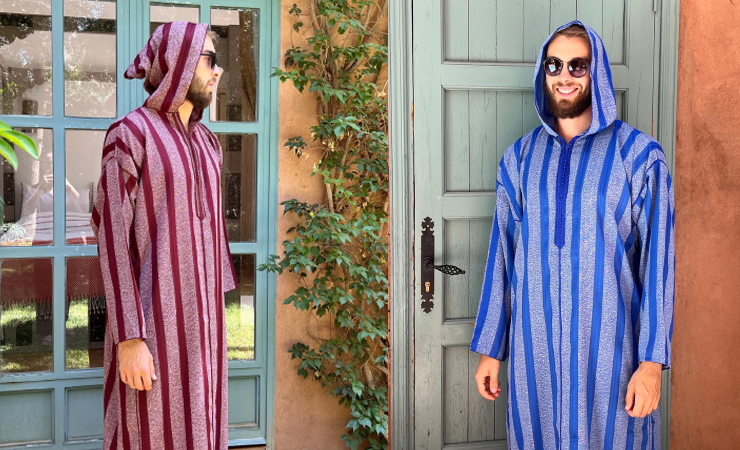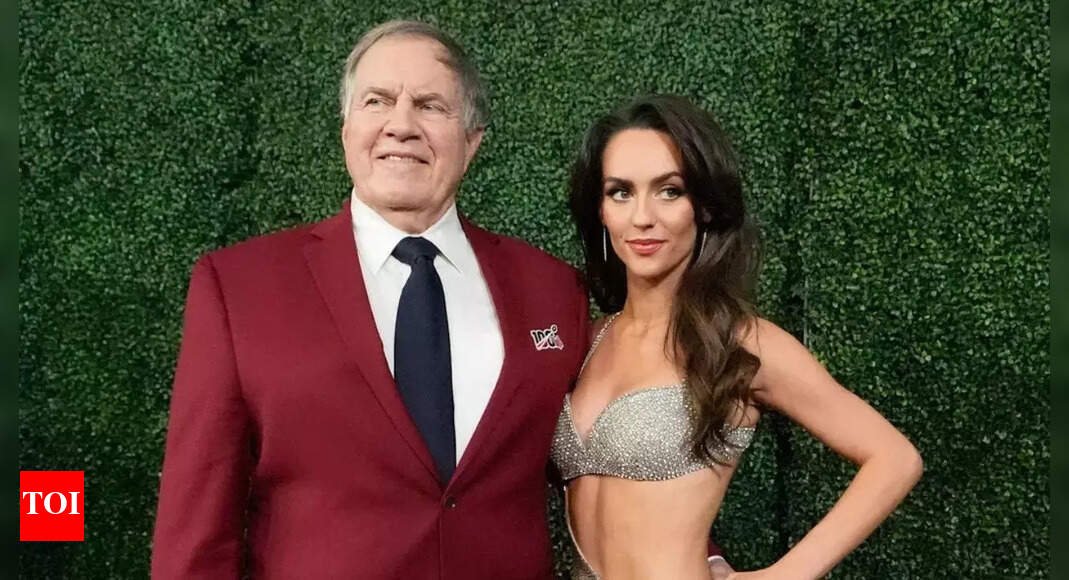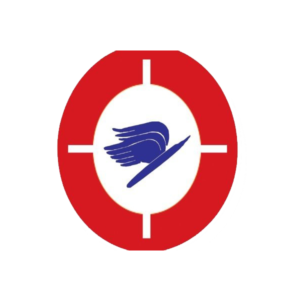Moroccan clothing is a rich blend influenced by Berber, Arab, and Andalusian traditions, with each clothing piece reflecting Morocco’s intricate embroidery and luxurious fabrics. Here’s our look at the most iconic traditional garments for both men and women.
Moroccan Men’s Traditional Clothing
Djellaba

Djellaba is a long, loose-fitting robe with full sleeves and a pointed hood (qob). Djellabas are often made of wool in winter and lightweight cotton in summer. This versatile garment is worn daily and for special occasions, with more elaborate embroidery for formal events.
Gandoura

Gandoura is a sleeveless tunic, lighter than the djellaba, typically worn in warm weather. Made of breathable fabrics like cotton or linen, the gandoura is often embroidered along the neckline and chest, offering both comfort and elegance.
Selham

Selham is a long, cape-like cloak worn over a djellaba or gandoura, often associated with nobility. Made of fine wool or velvet, the selham is usually draped over one shoulder and fastened with a decorative clasp, adding a regal touch to traditional attire.
Balgha

Balgha is a traditional leather slippers, often handmade with soft leather in colors like yellow, white, or brown. These slip-on shoes are essential to Moroccan dress and are worn by men of all social classes, complementing both casual and formal outfits.
Tarboosh (Fez Hat)

Tarboosh (Fez Hat) is a cylindrical, flat-topped hat traditionally worn by Moroccan men, especially on formal occasions. Usually red with a black tassel, the tarboosh represents sophistication and is a symbol of cultural identity in Morocco.
Moroccan Women’s Traditional Clothing
Caftan

Caftan is an elegant, floor-length gown with long sleeves, often adorned with intricate embroidery, sequins, or beading. Worn at weddings and celebrations, the Moroccan caftan showcases luxury and craftsmanship, typically made from silk, velvet, or brocade.
Takchita

Takchita is a two-piece variation of the caftan, consisting of an inner dress and a sheer, heavily embroidered outer layer. It is cinched at the waist with a decorative belt (mdamma), enhancing the silhouette and adding a royal touch to festive attire.
Haik

Haik is a large white or beige woolen wrap, traditionally worn over clothing and draped around the body like a cloak. The haik was historically used for modesty and protection from the elements, covering the head and body except for the face.
Jabador

Jabador is a two-piece ensemble consisting of a long tunic with trousers, often worn for daily wear or semi-formal occasions. Made from light, breathable fabrics, the jabador is comfortable yet stylish, with embroidery that varies in complexity.
Cherbil

Cherbil – embroidered leather slippers, the female counterpart to the balgha, often featuring bright colors and decorative embellishments. These elegant shoes are commonly paired with caftans and takchitas for a polished, traditional look.
Modern Moroccan Clothing

While traditional garments remain popular for special occasions, modern Moroccans often wear Western-style clothing for everyday life. Men typically dress in jeans, button-down shirts, and sneakers, while women combine modest fashion with contemporary styles, such as maxi dresses, tunics with leggings, and stylish headscarves. However, the influence of traditional elements persists, with Moroccan embroidery, kaftan-inspired dresses, and handmade accessories appearing in modern wardrobes.



